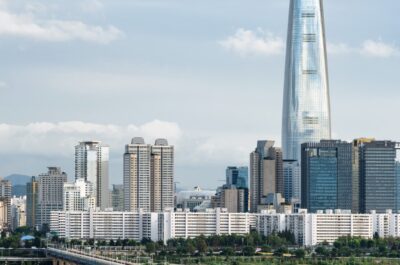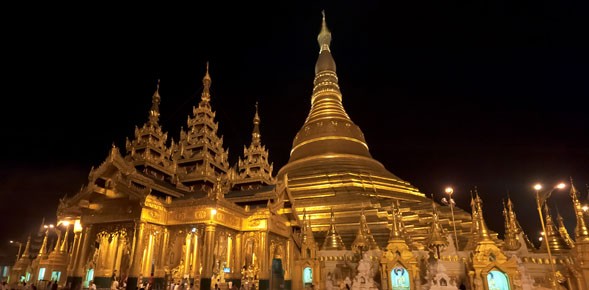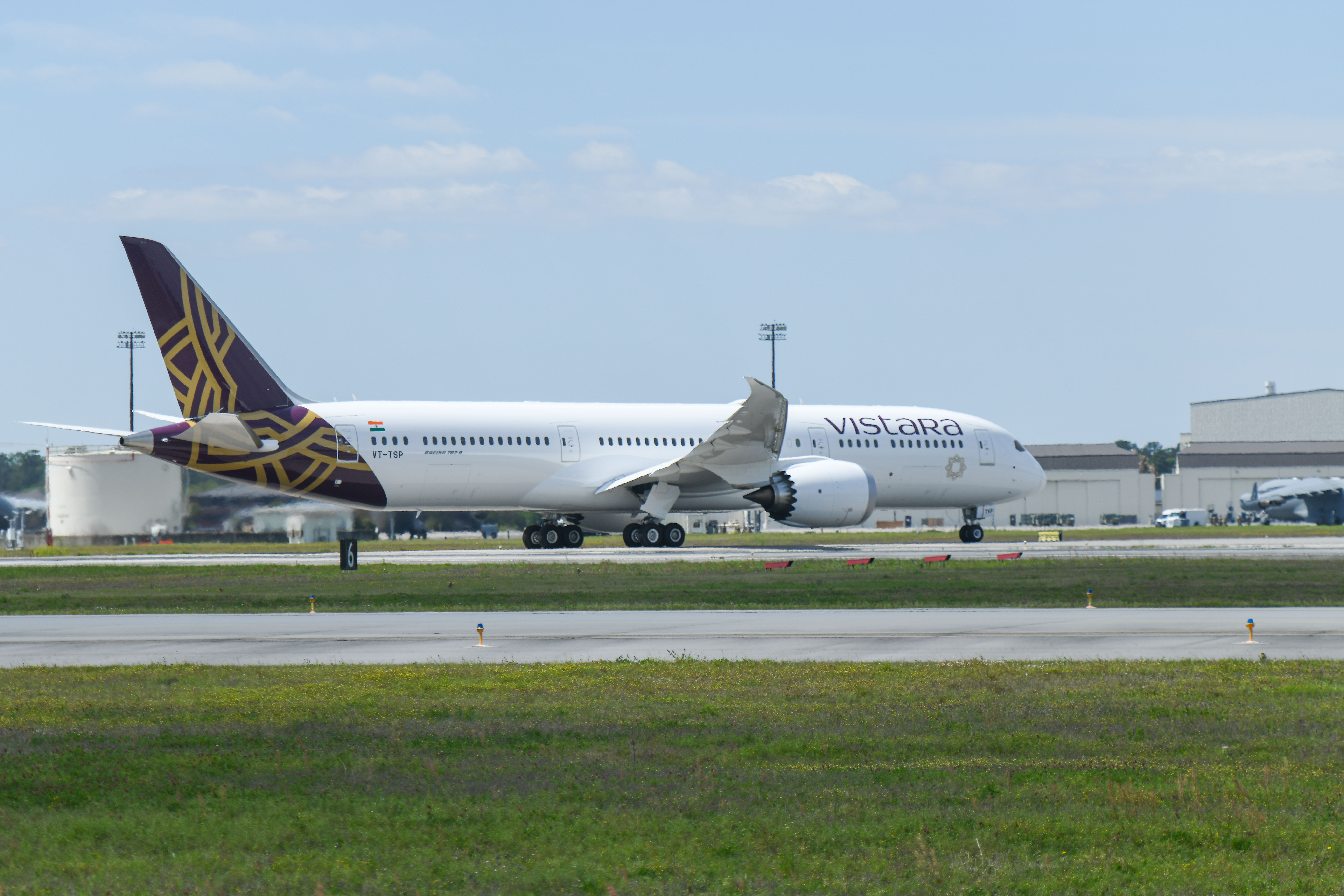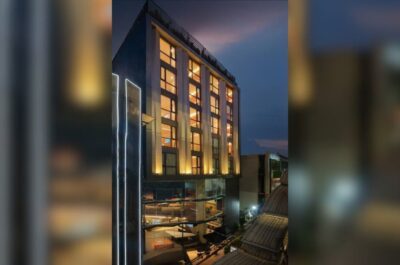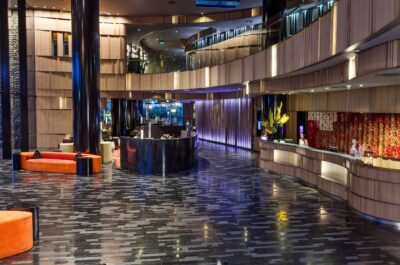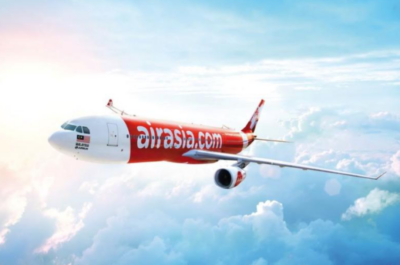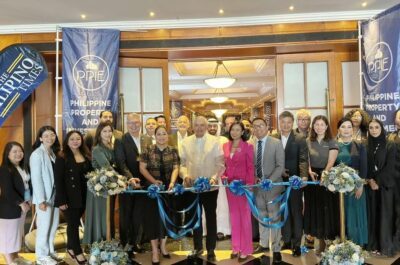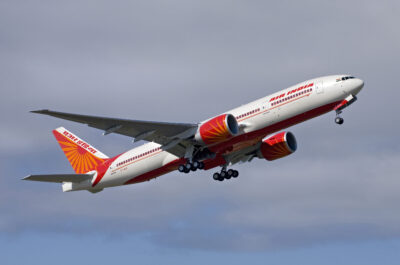Myanmar is confronting a well-known high-end room shortage. In fact, foreign investors have already earmarked US$1.15 billion for new upscale hotels, and those under construction will offer 1,415 rooms, but that will do little to free up the lodging bottleneck.
VIENTIANE – Myanmar tourism officials detailed the country’s development plans to cope with an expected leap in arrivals beginning this year during the keynote presentation at Lanith’s 8th Quarterly Symposium held at Vientiane’s Settha Palace on Friday, 5 October.
Kyi Thein Ko, Head of Secretary, Myanmar Tourism Federation (MTF), and MTF Senior Tourism Advisor Daw Kyi Kyi Aye stressed partnerships, communication among stakeholders, and human resource development (HRD), at the Lanith (Lao National Institute of Tourism and Hospitality) event co-sponsored by the German Development Cooperation (GIZ).
“Partnerships are a reality of the travel industry,” Kyi Thein Ko told 60-some tourism leaders including Chaleun Warinthrasak, Vice Minister of the Lao Ministry of Information, Culture and Tourism (MoICT) alongside German Ambassador to Laos Robert von Rimscha and private sector, Lao government departments, and development agencies representatives.
Kyi Thein Ko explained the MTF, established in April 2011, receives support from the Ministry of Hotels and Tourism. It went on to establish 11 associations to represent the various interests such as hotels, restaurants, tour companies, transportation, and guides.
“The MTF’s mission is to develop a strategy to promote the destination, ensure sustainable tourism, and share common interests with all stakeholders,” he said, adding, “At the same time, we must (tackle) urgent problems such as HRD and visa and customs issues.” He noted the MTF frequently organizes workshops on issues like hotel zoning and marketing.
For marketing, Kyi Thein Ko said Myanmar has engaged a branding company to promote its tourism, while the MTF has a large presence at major regional and international trade shows.
Daw Kyi Kyi Aye stated the public and private sectors share funding for the marketing budget. “The public and private sectors meet often on marketing. This works in Myanmar (as stakeholders realize) the need for marketing is not personal but for the industry as a whole.”
She said the recent political reforms ushered in a new era in the country’s tourism, and to respond, 80 percent of the marketing will target themes such as history, culture and temples, nature, architecture, and Buddhism in Myanmar’s four main destinations: Yangon, Mandalay, Bagan, and Inle Lake.
The country has also designated 15 eco-destinations. “We would like to share information in developing our ecotourism with Laos, as they have the experience,” Daw Kyi Kyi Aye said.
She also addressed the current trends in the country’s tourism, noting that arrivals, mostly from Asean countries, have doubled every year since 2005, with revenue reaching US$320 million last year. This year’s figures surpassed 2011’s by the first half of 2012.
Concerning connectivity, Daw Kyi Kyi Aye said Myanmar wants to develop international air hubs at its major destinations, expressways, better vehicles, and more overland routes to neighboring countries. An attendee noted that currently no direct flights existed between Laos and Myanmar, and was curious about demand.
Khom Douangchanta, an MoICT deputy director, responded that there had been flights in the past, and stressed, “The private sector, airlines, and government must coordinate on this.” A Lao Airline spokesperson later confirmed the carrier was considering launching flights between the two countries.
Myanmar is also confronting a well-known high-end room shortage. According to Daw Kyi Kyi Aye, “Local hotels are now upgrading,” and the situation is ripe for financiers. In fact, foreign investors have already earmarked US$1.15 billion for new upscale hotels, and those under construction will offer 1,415 rooms, but that will do little to free up the lodging bottleneck.
“We don’t want more hotels for backpackers, but for the “laptop” guests, as business travelers spend money,” she said, noting this also means an updated banking system and ATMs.
She noted only 35 hotels with 6,560 rooms are geared for the laptop crowd, and this lack of quality accommodation is an issue that the Ministry of Hotels and Tourism is acting on.
“We must be ready for the SEA Games in 2013 when we will also hold the Asean Chair,” she said. “We also have some 800 meetings scheduled and we aim to be a MICE destination by 2014 before hosting the Asean Tourism Forum in 2015.”
This requires quality human resources, which Daw Kyi Kyi Aye said is the industry’s biggest challenge. She has already held discussions with Lanith Chief Technical Advisor Peter Semone as the Lanith model with the Passport to Success skills training program, a tourism and hospitality school, and producing master local trainers and educators may be the key.
With an eye on the future, Daw Kyi Kyi Aye said the industry would focus on managing growth, reducing poverty, skills training and education, establishing the aforementioned hotel zones, encourage investment, and try to achieve best practices. The biggest challenges, she said, are research and development and coming up with a master plan.
Theodore is the Co-Founder and Managing Editor of TravelDailyNews Media Network; his responsibilities include business development and planning for TravelDailyNews long-term opportunities.








